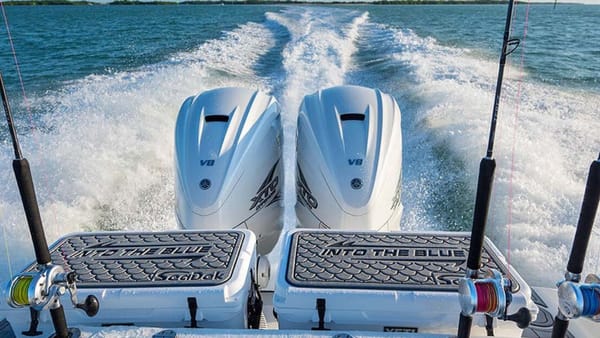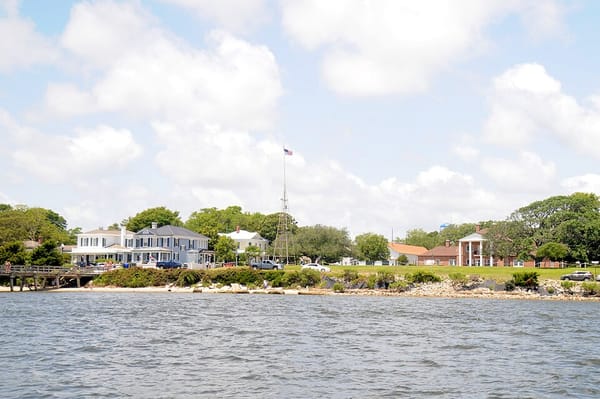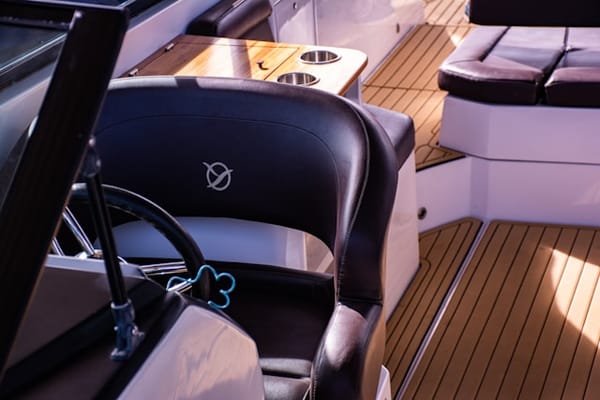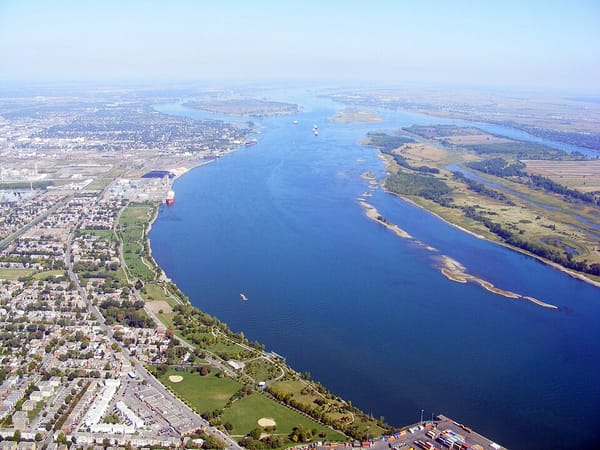Down by the Dock: Boat Launching and Retrieval Tips
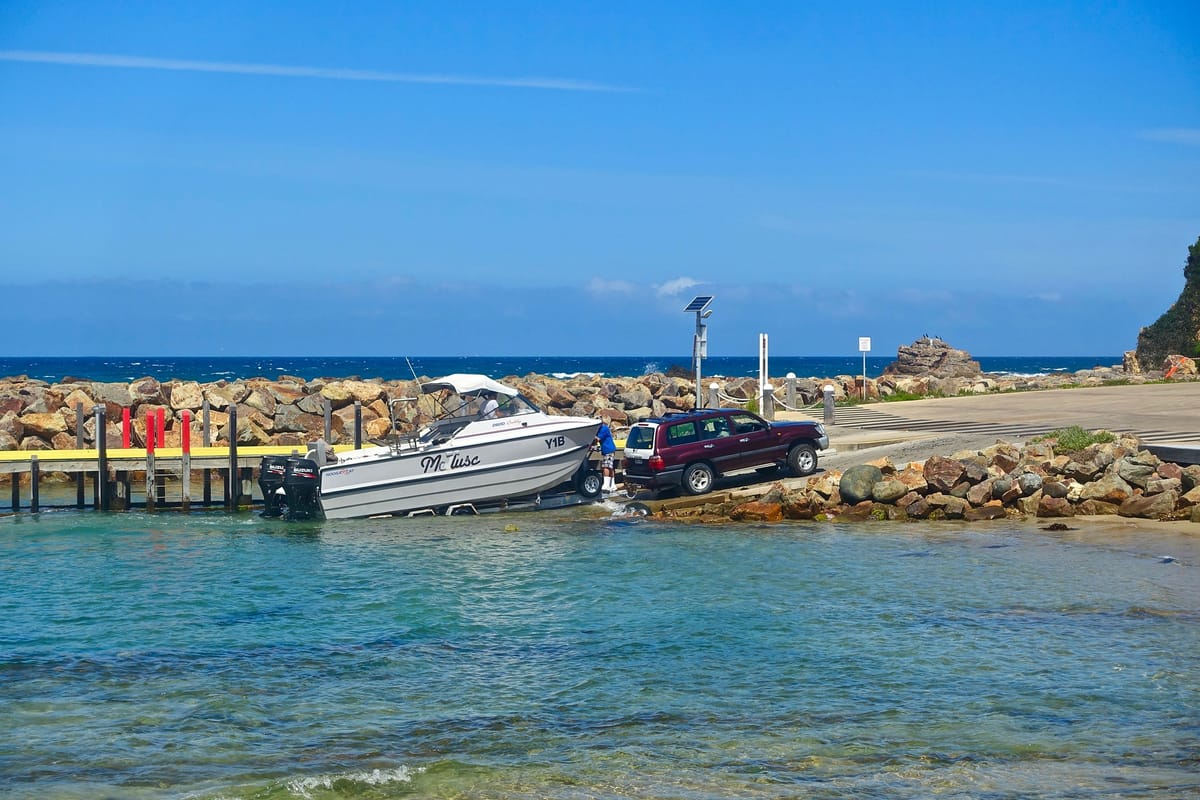
One of the most stressful parts of a boater’s life (besides those annual insurance and maintenance bills, of course) is the boat ramp scene. Lots of bystanders and other vehicles can equal anxiety in even the most seasoned boater. Backing up a truck or SUV is hard enough without the added length of a trailer with a boat on it. Even if you store your boat in the water at a marina or private boat slip rental, you may need to pull it out at some point. This, of course, means that you’ll also have to launch it back into the water. Today, we’re going to go over some tips on how to launch and retrieve a boat with the least amount of stress as possible.
Before Launching your Boat
After you’ve arrived at the boat ramp, paid any ramp fees and picked up a few snacks for the day, park your vehicle away from the ramp and other boats as a courtesy. This is the time to take care of all of the various things that shouldn't be done at the dock, as it holds up other boaters from getting in and out of the water.
- Load gear, coolers and other equipment into the boat.
- Make sure the drain plug is in (you do not want to forget this step, trust me).
- Unplug the trailer lights to prevent water damage. Attach fenders if you use them.
- Make sure your dock lines are handy at the bow and stern.
- Remove the transom tie-downs and safety straps but leave the bow strap.
Steps for Launching your Boat
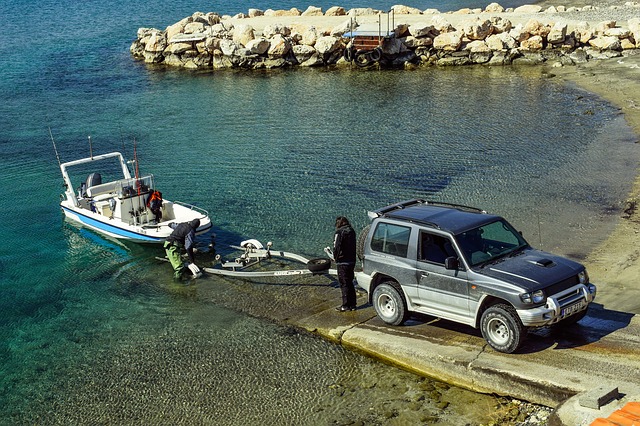
Photo: Pixabay
The mantra for launching a boat is simple. Take it slow. You might be tempted to try to go fast, especially if the marina is crowded and there are lots of other waiting boats, but don’t do this.
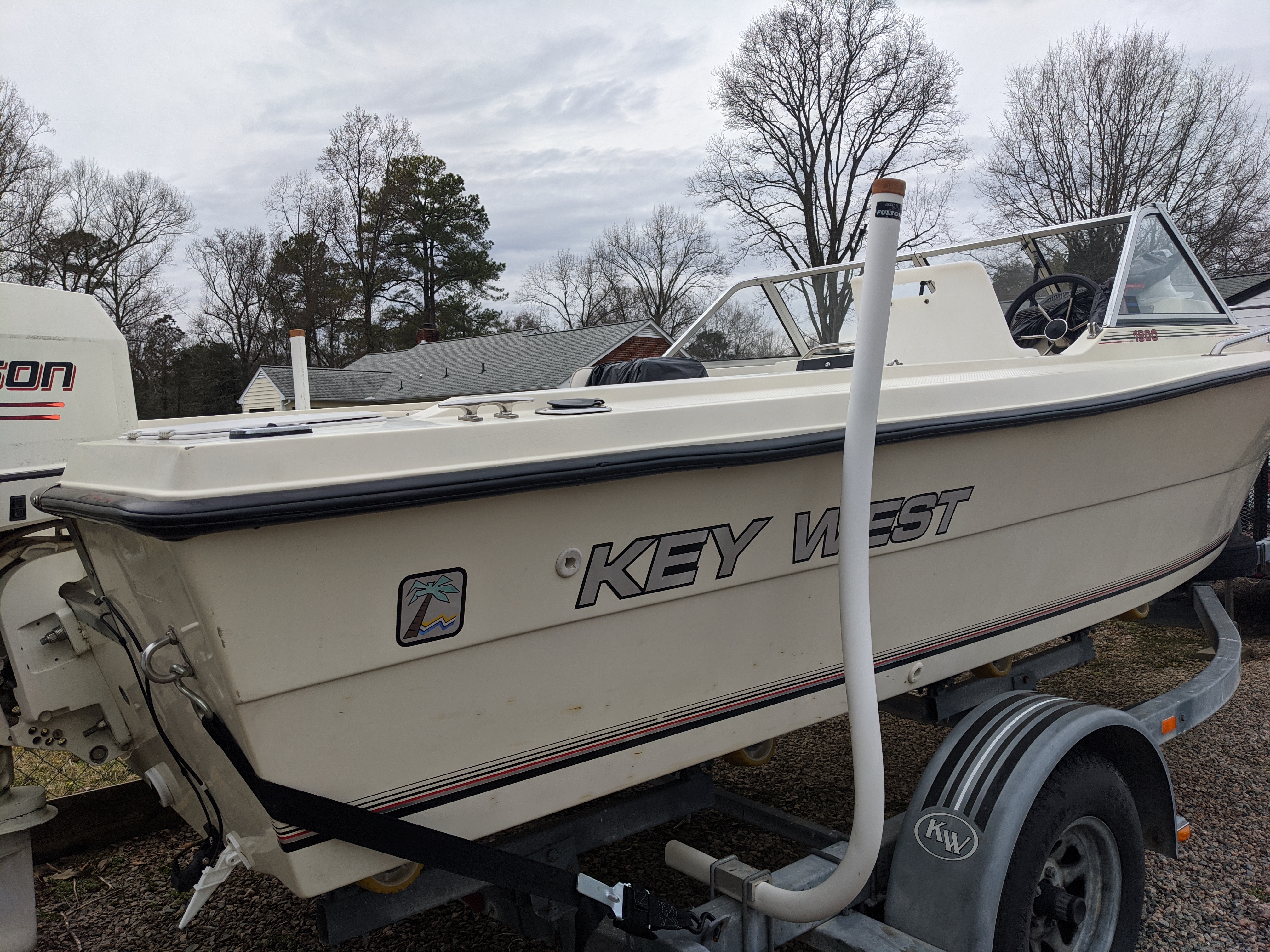
Guide poles on boat trailer (Photo: Sandy Allen)
This is a good time to mention the use of guide poles. They provide an easy reference to judge where the boat is, as you basically can’t tell without these poles. I recommend them for every boat, beginner or not.
- Slowly back the trailer about two-thirds of the way into the water or until you see the back wheels touch the water and then the back of the boat starts to float. If you go too far into the water, the boat may float off of the trailer bunks while still attached at the bow. You’ll want to keep your vehicle’s tires out of the water if possible.
- Make sure your vehicle is in park, then release the winch and safety chain. Push it off into the water. If you don’t have somebody to hold it dockside, tie it up to a dock cleat.
- Once the boat is off the trailer, walk it down the dock and out of the way of the way until you can park the vehicle and trailer.
- It’s important to note that you may want to start up the boat while it’s still attached to the dock. That way, if it won’t start (and we’ve all had that happen at some point), you can easily get it back on the trailer.
Steps for Retrieving your Boat
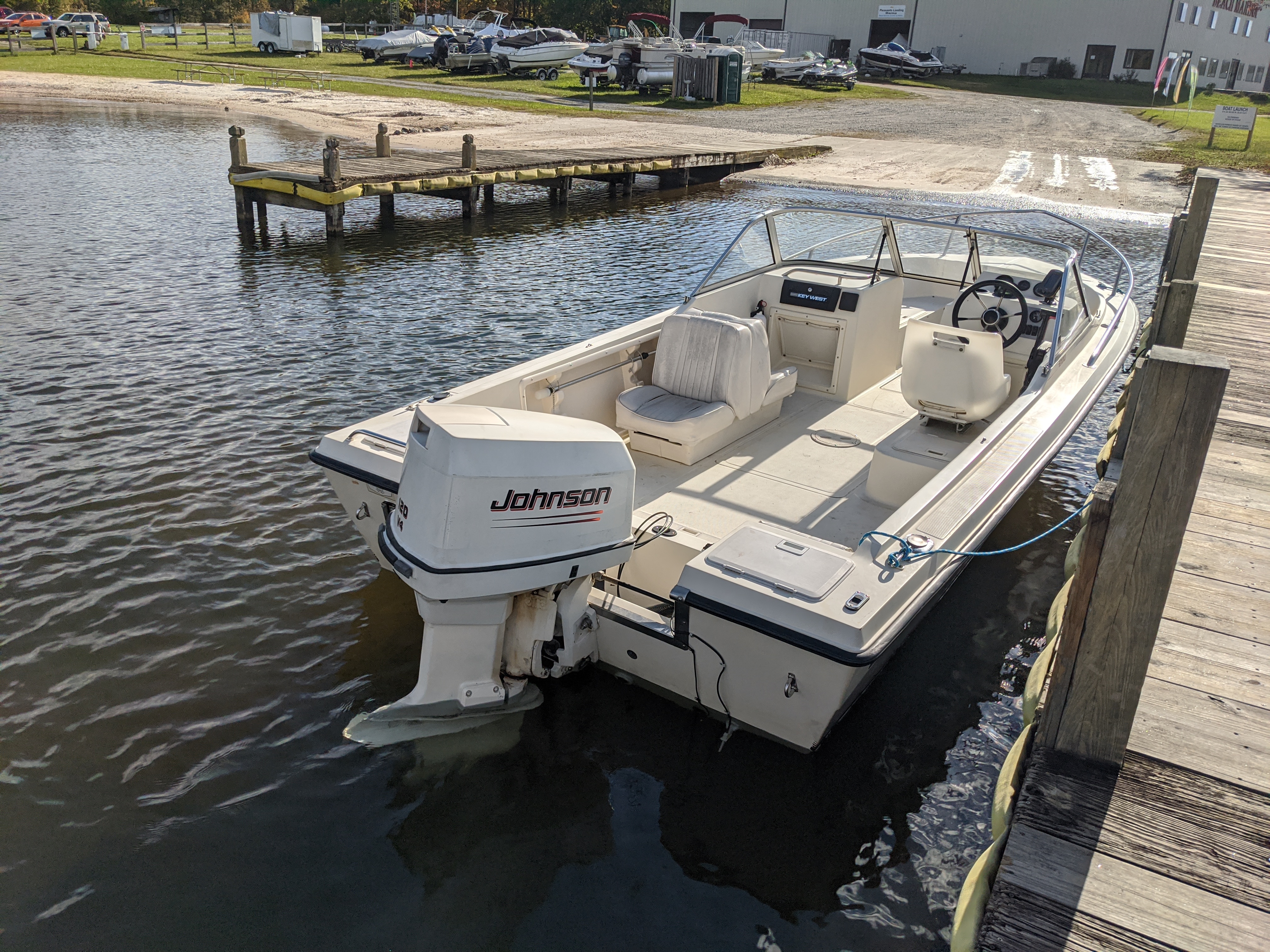
Photo: Sandy Allen
Retrieving your boat from the water is basically just a reverse procedure from launching it. Just remember the mantra: slow is the way to go.
- Once your boat is close to the dock, tie it off to a cleat or have a helper hold the line while you get the vehicle and trailer. Some boaters actually drive the boat close enough to the trailer to load it. I prefer the method of tying it off to a dock cleat. There’s just so much more control with this technique, and you won’t run the risk of revving the engine up too fast and plowing into the trailer and the back of your vehicle.
- Before leaving the boat, turn it off and don't forget to tilt up the engine. You don't want to be that person dragging their prop across the pavement. And, yes, it has been done.
- Back the trailer into the water until the rollers are slightly submerged, about two-thirds of the way.
- Crank the winch to pull the boat up onto the trailer and secure it.
- Once it’s secure, pull the trailer up and out of the way to finish the tying down process.
- Remove the drain plug and pump water out of the bilge. You’ll also want to drain live wells if you have them.
- This is also the time to remove cushions, coolers, fishing poles, water toys and all the other gear that you’ve collected during the day.
Have a bow line ready to walk the boat as close as possible to the trailer. You’ll then attach the winch to pull it onto the trailer.
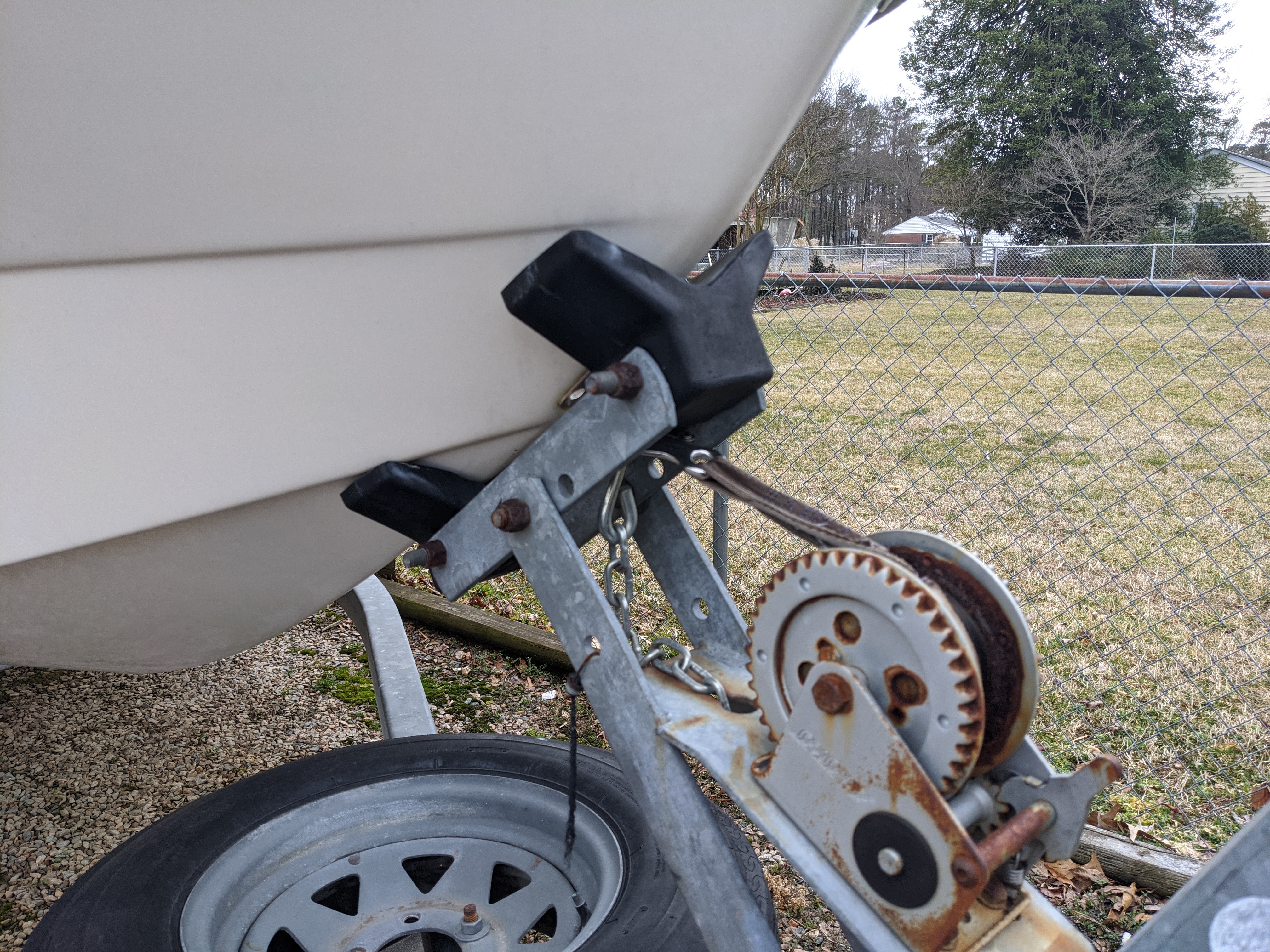
Winch (Photo: Sandy Allen)
Tips and Tricks for Trailering
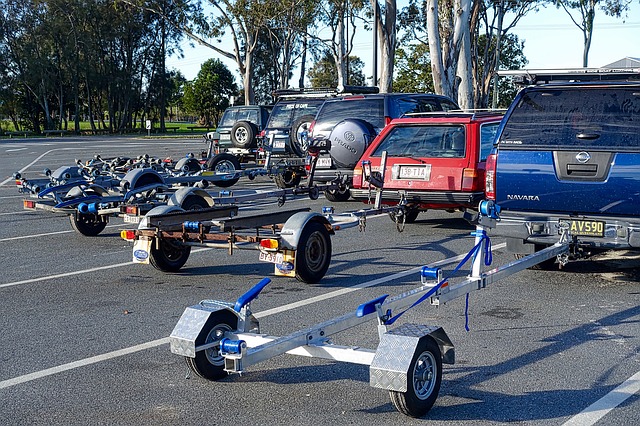
Photo: Pixabay
Be Prepared
Many boaters have a favorite ramp where they know all the bumps, dips and cracks in the concrete. If you happen to be visiting a new ramp, check it out before trying to launch. Park the vehicle and trailer and do an inspection. You’ll want to check out the steepness of the ramp, the depth of the water and the condition of the dock (where the cleats are, if there are cleats, etc.…etc.…). Knowing this information ahead of time will help make the launch/retrieval process quicker and easier.
Communication
Develop a system of hand signals with your helpers. Boat ramps are often quite noisy, so this is an excellent way to communicate. Have signals for things like: stop, go left, go right, start over and all’s good (thumbs up is a good one for that). Develop your signals while hanging out on deck at your private boat slip rental.
Practice
Practice really does make perfect. Practice backing up ahead of time in places like empty parking lots or your driveway. Backing up with a boat is a tough task but certainly not an impossible one.
Trailer Length
The length of the trailer can affect the ease of towing. Longer trailers are easier to back up but harder to make turns. Shorter trailers are harder to back up (they can jackknife quicker), but they’re easier to tow going forward. While it’s not always an option to choose the length of a trailer (since you have to go by the size of the boat itself), it is helpful to know this information when choosing a boat.
Hopefully you’ve picked up a few pointers. The next time you’re headed to the boat ramp from your boat lift rental, try some of our tips for a smooth launch and retrieval. Just take it slow and you’ll be launching like a pro in no time!
